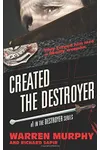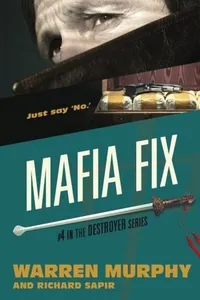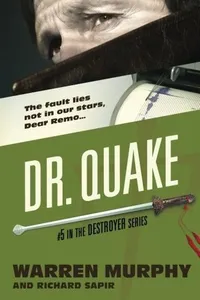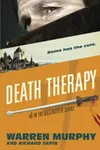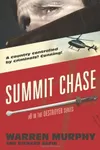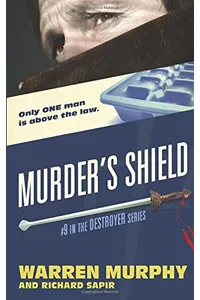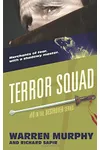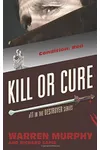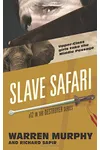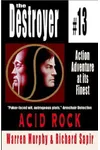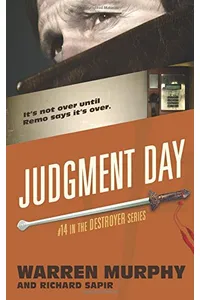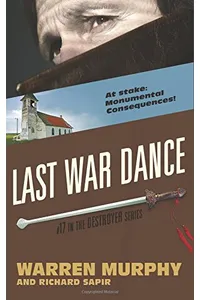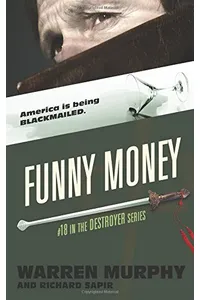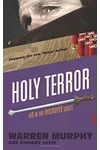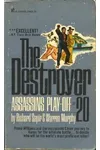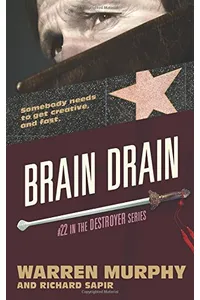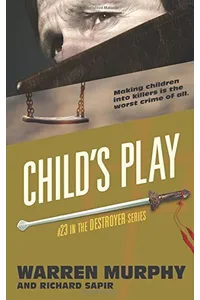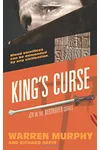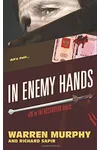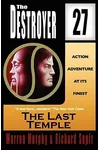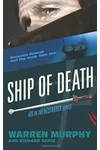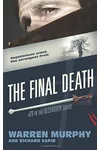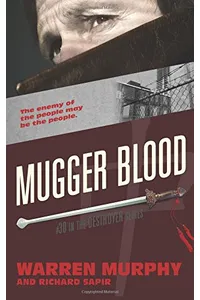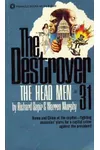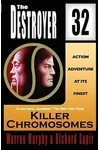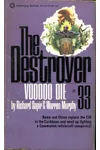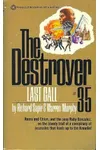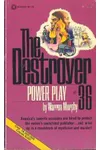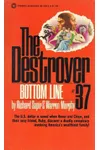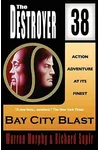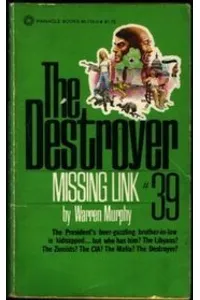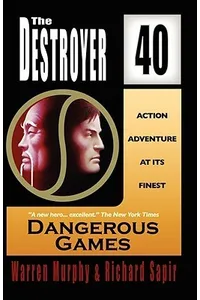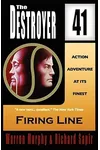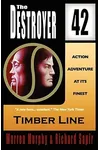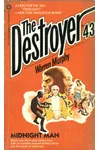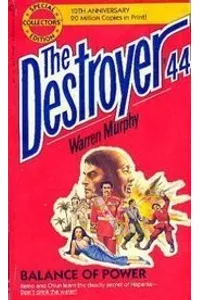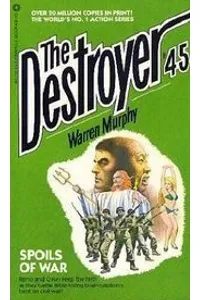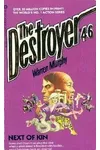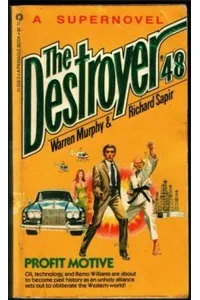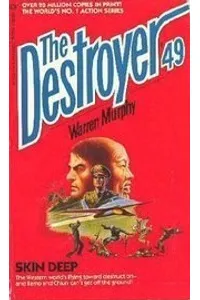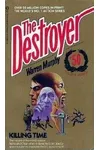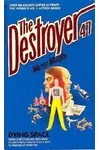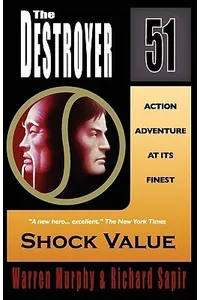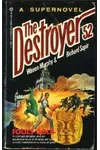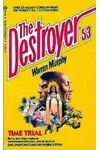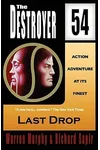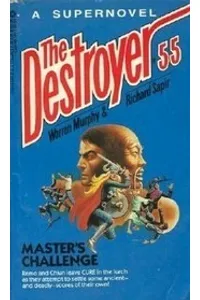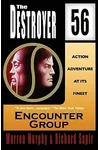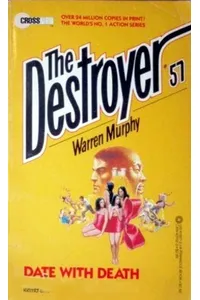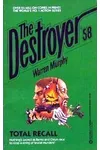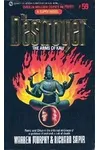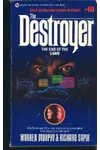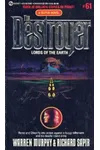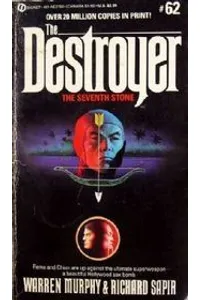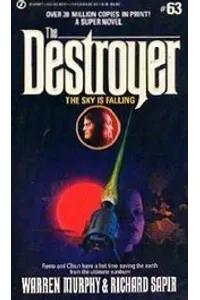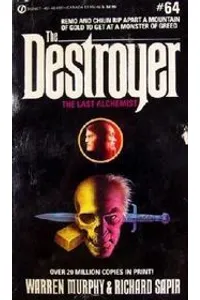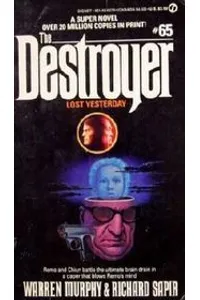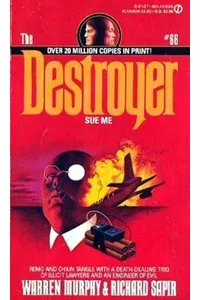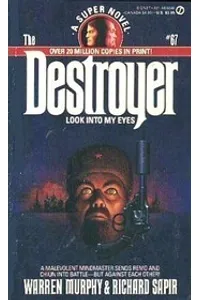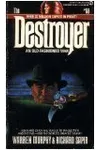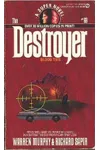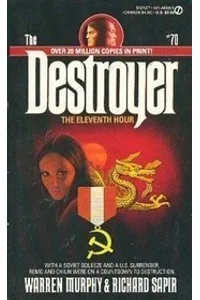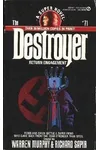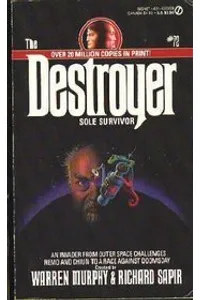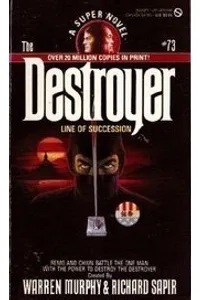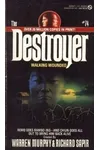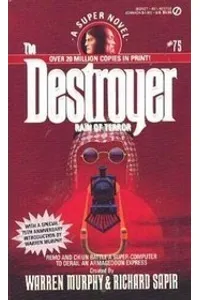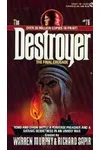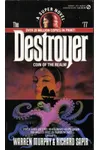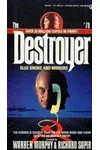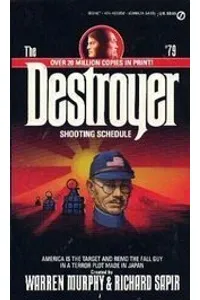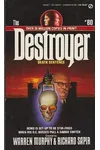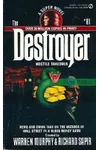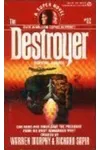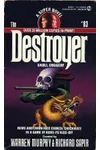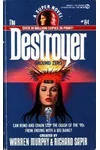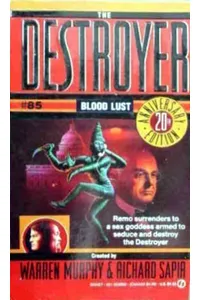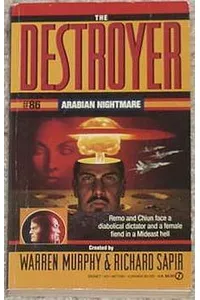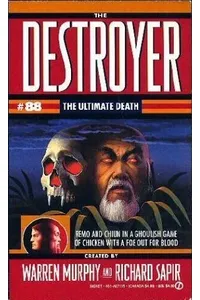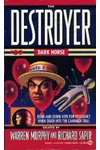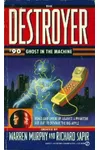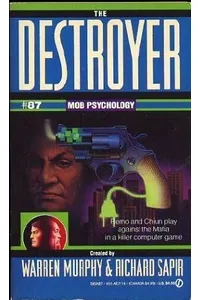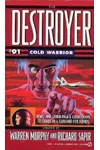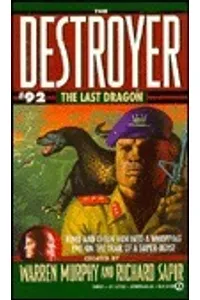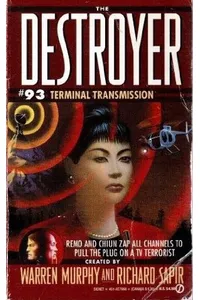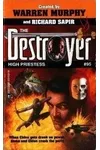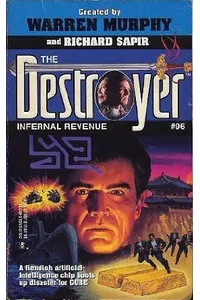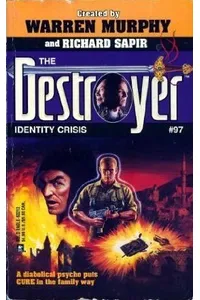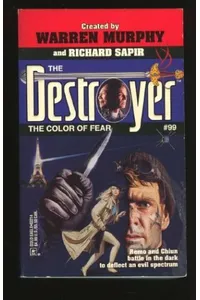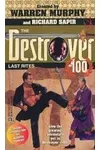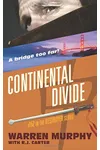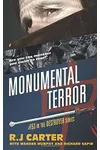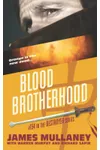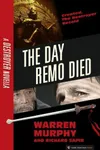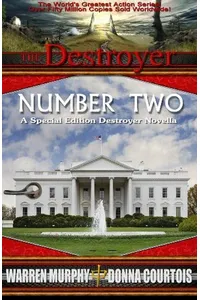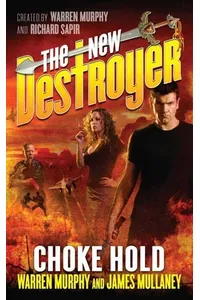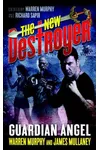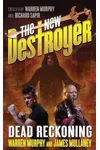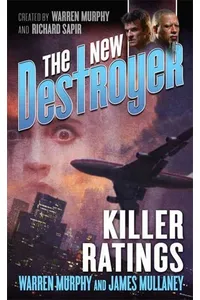Step into the pulse-pounding world of the Destroyer, where a tough-as-nails cop transforms into a lethal assassin armed with the ancient art of Sinanju! Launched in 1971 by Warren Murphy and Richard Sapir, this action-packed series blends espionage, martial arts, and sharp-witted humor, delivering over 150 novels that have thrilled fans for decades.
Meet Remo Williams, the unlikely hero whose journey from death row to deadly operative hooked readers with its gritty charm and fantastical flair. With its unique mix of high-stakes thriller and tongue-in-cheek satire, the Destroyer series carved a niche in the action genre, inspiring a cult following and even a Hollywood film.
How Destroyer Began
In the late 1960s, Warren Murphy, a former journalist, and Richard Sapir, a political columnist, teamed up to craft a new kind of hero. Inspired by the era’s fascination with spies and martial arts, they created Remo Williams, a Newark cop framed for a crime and 'executed' only to be reborn as an assassin for CURE, a secret government agency. Their first novel, Created, The Destroyer, hit shelves in 1971, blending gritty action with social commentary and humor. The manuscript, finished in 1963, waited years for the right moment, launching a franchise that would outlast many of its pulp fiction peers.
The Heart of Destroyer
The series kicks off with Created, The Destroyer, where Remo’s transformation begins under the tutelage of Chiun, the elderly Korean master of Sinanju, a martial art so deadly it borders on mystical. In Chinese Puzzle (1972), Remo and Chiun tackle an Asian conspiracy threatening U.S.-China relations, showcasing the series’ knack for blending global intrigue with absurd humor. Slave Safari (1973) dives into a dark conspiracy tied to the slave trade, while Assassin’s Playoff (1975) pits Remo against a rival assassin in a deadly showdown.
The Destroyer’s strength lies in its themes: loyalty, identity, and the clash between modern espionage and ancient tradition. Remo’s bond with Chiun, a father-son dynamic laced with bickering and respect, grounds the series’ wild plots. The settings span gritty urban streets to exotic locales, with villains ranging from mobsters to supernatural threats like shapeshifters and mad scientists. Murphy and Sapir’s satirical edge pokes fun at politics, media, and societal trends, making each book a time capsule of its era.
The series’ style is fast-paced and irreverent, with short, punchy novels (often under 200 pages) that read like episodes of a high-octane TV show. Fans love the mix of hard-boiled action, fantastical martial arts, and Chiun’s soap opera obsession, which adds a layer of quirky charm.
Why Destroyer Resonates
The Destroyer’s influence stretches beyond its page count. With over 50 million copies sold, it defined the men’s adventure genre, rivaling series like The Executioner. Its 1985 film adaptation, Remo Williams: The Adventure Begins, starring Fred Ward, brought the characters to life, though it didn’t spark the hoped-for franchise. The series’ blend of humor and action inspired later works, from action-comedy films to modern thriller novels.
Its lasting appeal lies in its accessibility and wit. Readers return for Remo’s growth from brash cop to disciplined warrior and Chiun’s hilarious yet profound wisdom. The series’ ability to evolve—through ghostwriters like Will Murray and James Mullaney after Sapir’s death—kept it fresh, with new stories still emerging from Destroyer Books.
- Publication Years: 1971–2006 (original run), with new releases ongoing
- Number of Books: Over 150 novels
- Notable Authors: Warren Murphy, Richard Sapir, James Mullaney
- Film Adaptation: Remo Williams: The Adventure Begins (1985)
Ready to join Remo and Chiun on their next mission? Grab Created, The Destroyer and dive into a world of action, humor, and Sinanju-fueled adventure!
